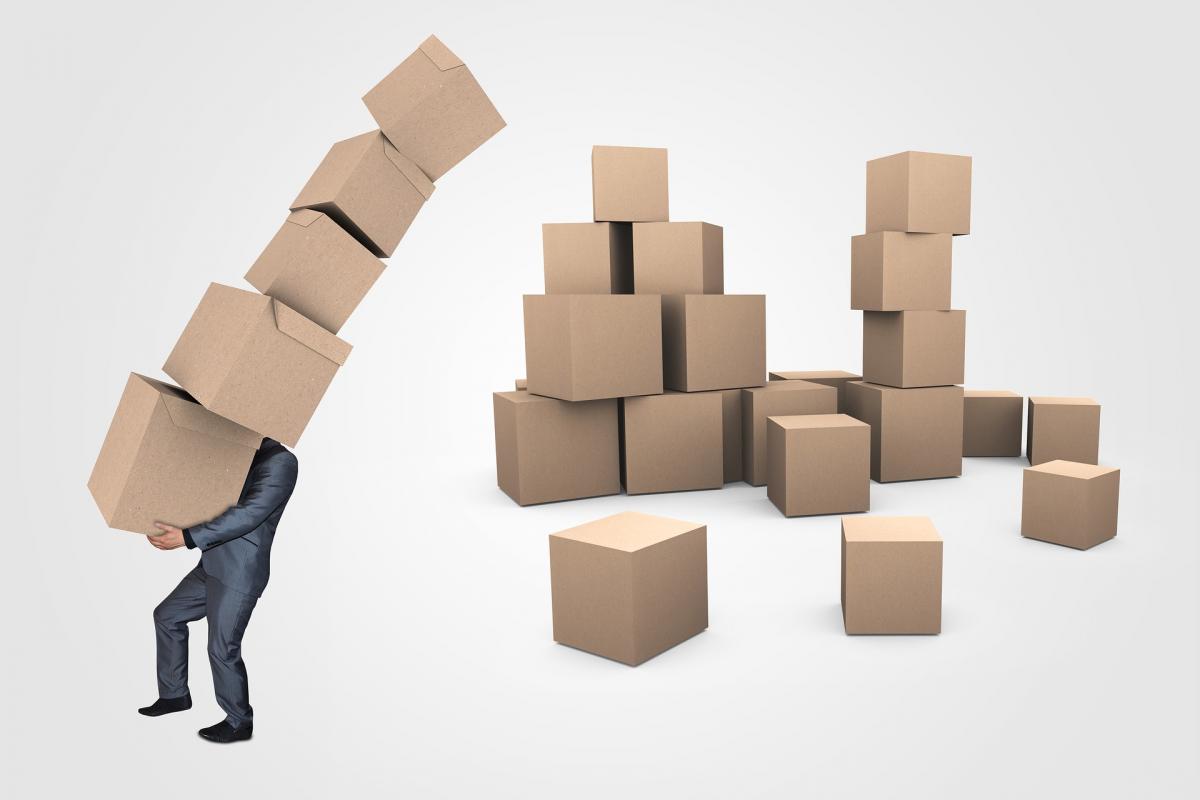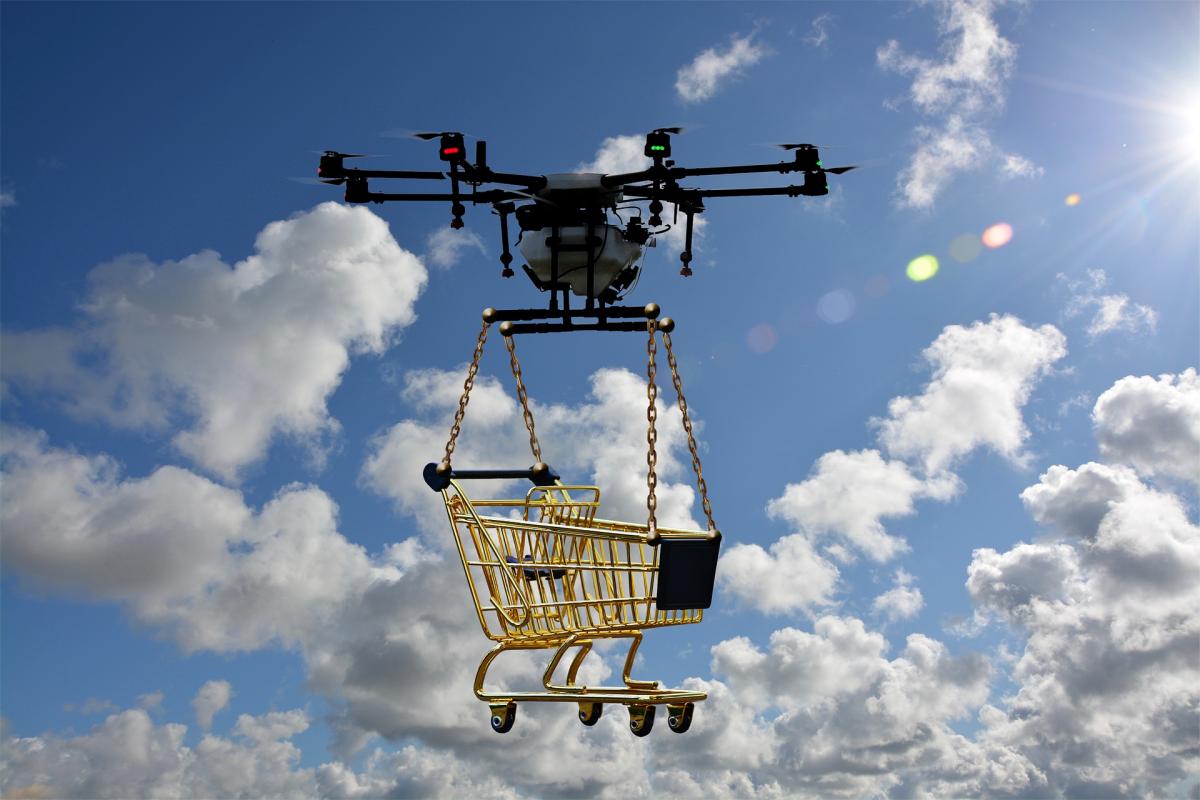Welcome to the first Edge Advisory Guest blog!
The retail landscape is increasingly becoming ecommerce-driven, which means brands and retailers need to create dynamic strategies to adapt to this shift.
I am Hannah Donoghue, VP of Global Advisory at Edge by Ascential. My team and I look forward to sharing our expertise with you over the coming months via this blog series – providing you with valuable advisory solutions and insights on the most impactful retail initiatives – which we will be watching, predicting and working on with our partners.
In Part 1 of this two-part blog, we will be covering:
- Retailer trends in increasing last-mile fulfilment efficiency
- Expansion of the retail ecosystem
- Partnerships between competing retailers
- Cross-border partnerships leading to evolution of retail landscape
Retailer trends in increasing last-mile fulfilment efficiency

Within the retail landscape, supply chain will differentiate the winners from the losers in the battle for the last mile. Retailers and brands will need to advance their supply chain capabilities, quickly! Doing so will require partnerships – such as third-party last mile delivery networks (3PL’s) – because most companies will not be able to scale the gap to a profitable supply chain on their own.
Retailers will significantly scale up their supply chain investments to make last-mile fulfilment more efficient. Automation will be fundamental to addressing the last-mile economic challenges. Since same-day delivery is no longer a differentiator, retailers will look to make fulfilment as close to the customers as possible. This means adapting to the fulfilment business model (e.g. smart-home delivery) to stand out.
Adoption of 3P last-mile delivery networks – such as Instacart – will continue to reshape the retail landscape and will have a profound impact in last-mile logistics and profitability. While the likes of Instacart and Shipt continue to grow their reach and influence in the US, it is delivery networks like Rappi and Glovo which are expanding at a rapid pace globally. Their ability to offer “everything within the city” will see them play a crucial role in development of ecommerce in developing markets.
Over the year, watch for more acquisitions in this space as retailers – and potentially other emerging ecosystem players – look to rapidly acquire not only the delivery networks and supply chain capabilities, but also the analytics that goes together with it. For instance, this could be a potential acquisition target for Google, as its shopping platform fights to maintain relevancy.
Expansion of the retail ecosystem

Amazon, Alibaba, and JD.com amongst others, will continue to expand their ecosystems, far beyond retail, to tap into and play a major role in indispensable areas of consumers’ lives – such as healthcare, electricity, gasoline, etc. While consumers will surely benefit from this, the potential benefit for retailers through ecosystem expansion is far greater– provided regulators don’t get ahead of it. If regulations catch up, an anti-trust case is still a potential risk to any ecosystem domination.
To find the real potential in expanding into an ecosystem, look 2-3 steps ahead – for example, looking at some of the seemingly separate initiatives taken by Amazon and playing them a few steps ahead, we can see potential domination of power sources. To further explain this, imagine – what if:
- Electricity: Through smart home device expansion and acquisitions, Amazon may help consumers manage their energy consumption, but also may look to own some of that energy for added ecosystem control and retention.
- Fuel Resources: As Amazon builds out its own truck and jet fleets, it will have a greater dependence on fuel costs, unless – it owns such fuel. Amazon Go also has aggressive ambitions of 3,000+ stores by 2021, which could be achieved via small format store expansion in a gas station acquisition. This would then potentially offer them access to fuel resources that they could leverage internally and with customers. The additional Prime perks of shopping at Amazon fuel centers could be leveraged for ecosystem engagement and retention.
- And just for fun – Space!: The space travel efforts of Blue Origins may ultimately be part of an effort to increase commercial access to satellite launches, repairs and usage, which could have implications on communications, connections and more.
As we look to 2019 and beyond, for these players, it will be about controlling their dependencies and the associated economics, especially in a time of economic and political uncertainties. For example: taking control of their logistics network by owning the trucks that that transport their merchandise, and once that is solved, potentially taking control of the fuel to support these networks.
Partnerships between competing retailers

The investment required to build or buy the latest capabilities and innovation is too high. To access the latest capabilities and innovations, partnerships will be required, possibly even with players that could be considered competitors. In an era of ecommerce and discounter growth, pressure on retailer margins is likely to increase.
Add to this the need to develop new sets of digital capabilities, which are a set of skills more suited to technology companies as opposed to traditional retailers, and you have a combination driving M&A and consolidation. Look to European markets, such as France, which has all the ingredients for further consolidation in the coming years.
We will see further partnerships and cooperation between formerly competing retailers. These partnerships will shape up as retailers seek to scale and join forces against common threats such as Amazon and discounters. Therefore, keep an eye on more partnerships like:
- Kroger & Walgreens
- Kroger & Ocado
- Walgreens & Birchbox
- Carrefour & Tesco
- Lowes & B8ta
As companies work to expand their digital capabilities, differentiate their propositions and get as close to the consumer as possible –– such partnerships will be inevitable throughout the retail space.
Cross-border partnerships leading to evolution of retail landscape

Retailers’ competition is no longer limited to their geographical boundaries. Increasing smartphone penetration and the continued rise of 3P marketplaces have made millions of consumers aware of cross-border commerce. The growth of cross-border commerce is driven by three factors:
- Shoppers’ heightened expectations and desire for new, trending products
- Retailers' and brands’ desire to sell more internationally – particularly in hyper-developed markets – due to increased domestic competition
- Retailers using cross-border sourcing to increase their margins (e.g., Pan-European)
Looking ahead, this will mean lower entry barriers for retailers and brands, thus increasing competition for domestic players. Local pricing strategies will become obsolete when prices can be compared across borders and legislation forbids discrimination based on a shopper’s location. For brands, partnering with credible and well-established 3P sellers in the target marketplace is a fast route to expand into a new market – and allows them to leverage existing capabilities rather than having to build them from scratch.
Over the coming years, retailers are expected to further expand distribution of their private brands in international markets to enter those markets.
Stay tuned for Part-2 of this blog in which will be covering retailers’ push into private/exclusive brands, how ecommerce is reshaping healthcare and more!




